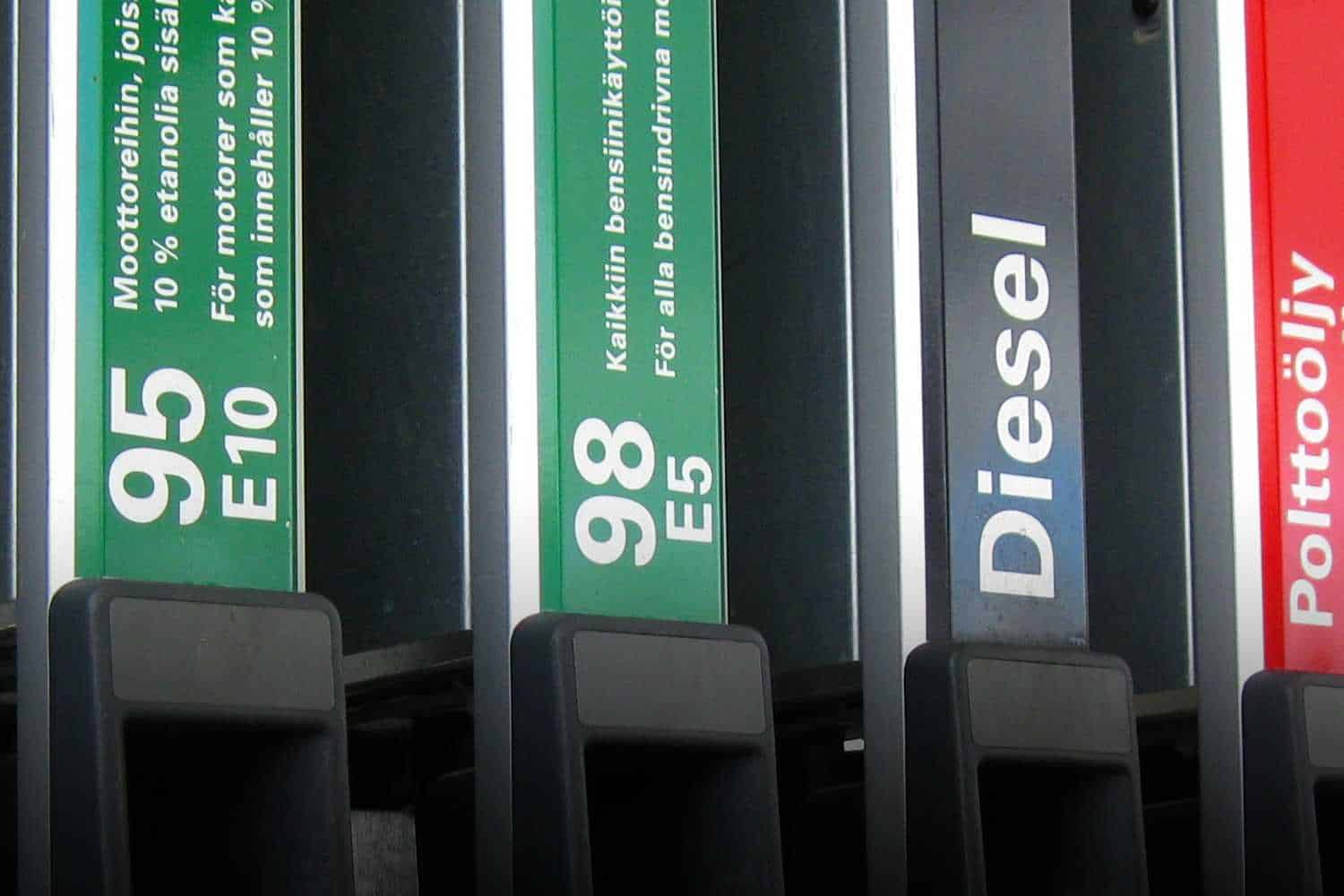Here is your fourth and final forecast update based on the Central Energy Fund (CEF) data for Monday, 27 October 2025.
Over/(under) recoveries for this week, as of Monday, 27 October 2025
Here are the average daily over/(under) recoveries as of Monday, 27 October 2025:
| Fuel type | Official | Adjustment on 27/10/2025 | Adjustment on 20/10/2025 | Adjustment on 13/10/2025 |
| Petrol 95 | +R0.23 | +R0.68 | +R0.67 | |
| Petrol 93 | +R0.27 | +R0.73 | +R0.72 | |
| Diesel 0.05% | -R0.42 | +R0.64 | +R0.39 | |
| Diesel 0.005% | -R0.46 | +R0.62 | +R0.38 |
What does this week’s data tell us about fuel prices in November 2025?
1. Basic Fuel Price (BFP) movements this week
The Basic Fuel Price (BFP), which tracks international oil prices and currency exchange rates, has remained largely steady this past week, but notable shifts have occurred:
- Petrol (both 93 and 95 ULP) continues to show positive recoveries, but they are shrinking compared to earlier weeks in October.
- Diesel and paraffin, however, are showing deeper under-recoveries, increasing the likelihood of price hikes for these fuel types in November.
2. How this forecast compares to last week
Let’s compare this week’s forecast with last week (as of 20 October 2025):
| Fuel Type | Last Week (20 Oct) | This Week (27 Oct) | Movement |
|---|---|---|---|
| Petrol 95 ULP | +33.101 c/l | +22.767 c/l | ↓ Shrinking |
| Petrol 93 ULP & LRP | +36.885 c/l | +26.652 c/l | ↓ Shrinking |
| Diesel 0.05% | –29.987 c/l | –41.759 c/l | ↑ Worsening |
| Diesel 0.005% | –32.594 c/l | –46.139 c/l | ↑ Worsening |
| Illuminating Paraffin | –43.599 c/l | –64.756 c/l | ↑ Worsening |
This means that:
- Petrol is still headed for a modest decrease, but not as large as initially expected.
- Diesel and paraffin are now expected to increase more sharply than previously forecasted.
3. What’s causing these fuel price movements?
Two main factors drive weekly fuel price forecasts:
A. International oil prices
- Over the last week, Brent crude oil prices dropped slightly to around $89 per barrel, down from $91 the week before.
- This should’ve helped the BFP, but the relief was offset by other pressures, especially for diesel and paraffin.
B. Rand/US dollar exchange rate
- The rand weakened slightly during the week under review, making fuel imports more expensive despite the lower oil price.
- This impacted diesel and paraffin the most, which are more sensitive to global shipping costs and currency rates.
4. How reliable is the CEF forecast?
The CEF’s daily snapshots offer strong early indicators of what to expect in the Department of Mineral Resources and Energy’s (DMRE) official monthly fuel price announcement.
However, it’s important to note:
- CEF data is provisional and based on market conditions up to that day.
- The final adjustment also includes:
- Monthly average Rand/US Dollar exchange rates
- Monthly average BFPs (not just daily readings)
- Slate levy balance
- Taxes and regulatory adjustments (if any)
In short, while the over-recoveries are encouraging, the final pump price change for November 2025 will only be confirmed in the official announcement during the final week of October.
